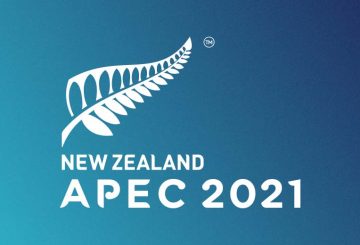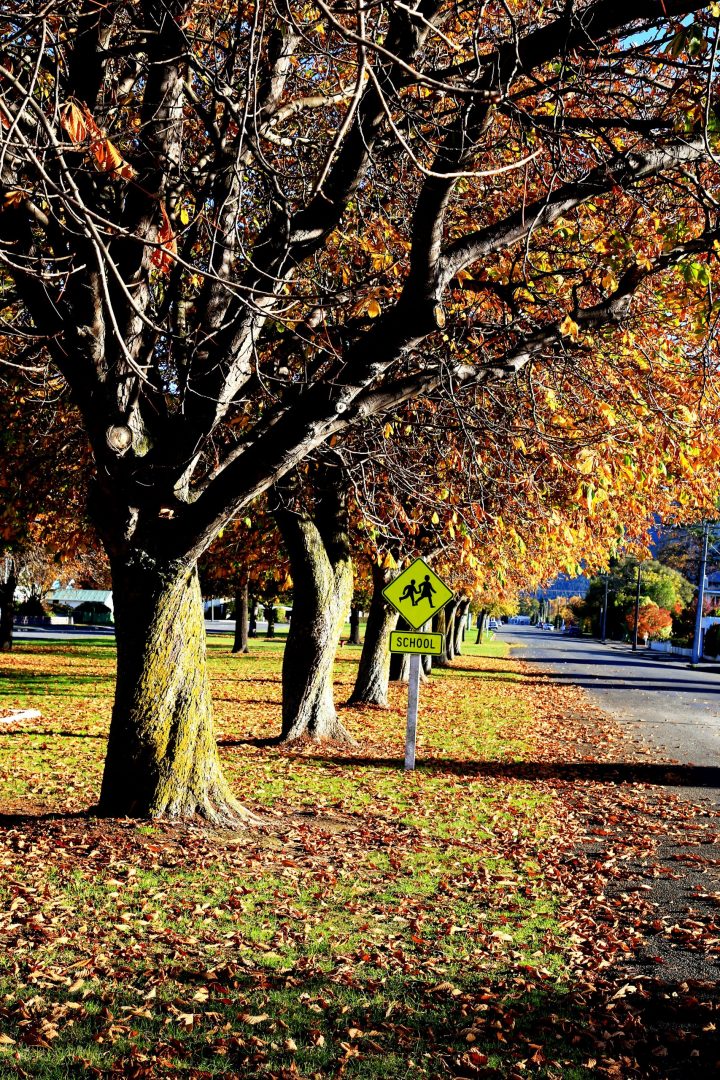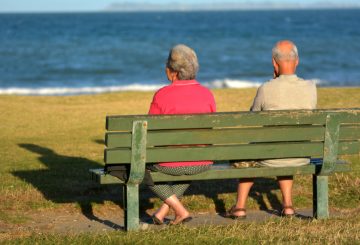Fleeing Auckland lockdowns to open a café with a Korean twist in South Waikato was a gamble that’s paying off for Eddie Chae and MG Jung.
Lumberjacks Coffee Roastery in Tokoroa’s Bridge St offers a rare blend of Wellington based L’affare coffee and cabinet food such as sandwiches featuring the traditional marinated beef dish Bulgogi, which has been flying out the door.
“Originally we wanted to be a coffee roastery and we’d planned to open in Auckland offering quality coffee and food with a Korean flavour to it,” Chae said.
However, after looking at alternative locations outside of Auckland decided there were also great market opportunities in the regions.
“A lot of people might think it’s just a countryside town and will be too scared to try something here but locals are willing to try something different and they really appreciate you. We have been selling out of our bulgogi sandwiches.”
Jung, who moved to New Zealand from South Korea’s capital Seoul at age 15, said he was loving Tokoroa’s slower pace of life.
“It is a lot more chilled and relaxed down here compared to Auckland. Auckland is very competitive,” he said.
“In Auckland we worked in the CBD which is like a jungle when it comes to competition, there is café after café right next door to each other, so having customers that followed us to where we were working made it a joy to work in the industry,” he said.
He encouraged others businesses thinking about leaving the big city to jump at the opportunity places like Tokoroa have to offer.
“The South Waikato District Council has been really helpful, they have been the easiest people to deal with which would have been different in Auckland,” he said.
“Yes it is a risk to open a business at the moment but if you can put a smile on someone’s face with what you have to offer you shouldn’t be afraid.”
SOURCE: Stuff.com






























































